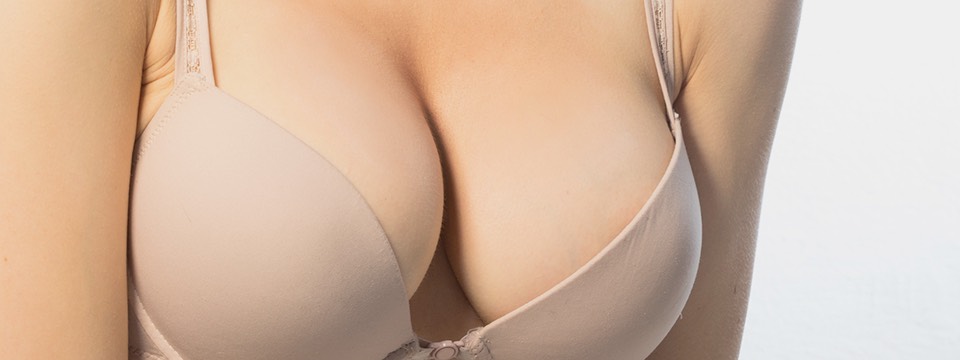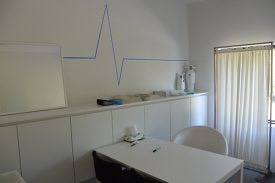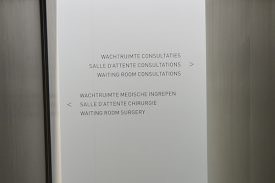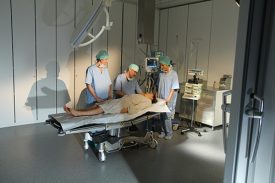Breast augmentation can be a solution for women dissatisfied with their breasts, but it requires careful thought and a clear understanding of the implications.
—
The BeauCare quality
Breast augmentation is a surgical procedure aimed at enhancing the volume and/or firmness of the breasts. It is often chosen by women dissatisfied with their breast size or shape.
It’s important to understand that this decision should be made thoughtfully. The outcomes of breast augmentation are permanent, and while reversal is possible, it involves additional surgery. Furthermore, this procedure is typically not covered by insurance, except in specific medical circumstances.
During your initial consultation, our surgeon will guide you in assessing the advantages and potential drawbacks, helping you make an informed decision.
Common conditions and circumstances for breast augmentation
Breast augmentation is a surgical option that women may consider for various reasons. Typically, it’s contemplated after natural breast development has concluded, which can occur as early as age 18. Many women perform this procedure after childbirth, typically in their 30s to 40s.
We always approach breast surgery with the understanding that it’s a personal decision driven by a woman’s own dissatisfaction with her breast appearance, rather than external influences like pleasing a partner.
Since perceptions of ‘ideal breast size’ are highly subjective and vary greatly among individuals, evaluating what constitutes ‘too small’ or ‘lacking firmness’ is a deeply personal matter. What one woman considers inadequate may be perfectly acceptable to another.
Therefore, it’s crucial to assess each case individually to determine if breast size or firmness concerns warrant consideration for surgery.
WHEN CAN I START CARRYING MY CHILD AFTER BREAST AUGMENTATION?
Depending on your child’s weight, it’s advisable to take great care during the first four weeks.
Breast augmentation after childbirth or weight loss
Breasts may be naturally underdeveloped or overdeveloped, or they can lose firmness over time, especially after pregnancies.
Breast augmentation is an option for women in such cases, as well as those who have experienced significant weight loss or have naturally small breasts due to insufficient tissue.
Breast augmentation for breast hypoplasia
Breast hypoplasia is characterized by insufficient breast volume relative to the patient’s body shape.
This condition may result from underdevelopment of the breast gland during puberty or can occur later due to factors such as pregnancy, weight loss, or hormonal changes. Insufficient volume can also lead to ptosis i.e. “sagging” breasts with sagging glands, distended skin and low areolas.
Many patients perceive breast hypoplasia as a challenge to their femininity, causing significant self-confidence issues and emotional discomfort. For some individuals, breast augmentation may offer a solution to address these concerns.
Procedure for breast augmentation
Breasts consist of different components such as fatty tissue, glandular tissue, blood vessels, nerves, milk ducts, and lymph nodes. Unlike muscles, they do not contain muscle tissue, which means exercises or creams cannot change their size or shape.
Additionally, hormonal treatments to increase breast size are discouraged due to significant potential side effects.
The only method that ensures effective and satisfying breast augmentation is surgery. However, at Clinic BeauCare, we do not perform natural breast augmentation via lipofilling (fat transfer), instead, we specialize in breast implant surgery.
More information
On the quality of our services
First consultation before breast augmentation
During your initial consultation, the plastic surgeon will guide you through the entire breast augmentation procedure, explaining its benefits, potential risks, and post-operative care considerations. He or she will also discuss your reasons for considering the procedure and address any questions you may have.
Furthermore, the surgeon will present the different types of breast implants available, which vary in filling material, shape, size, and surface texture. Together, you will select the implant profile and volume that align with your goals.
To ensure optimal outcomes for your breast augmentation, the plastic surgeon will review your medical history and evaluate your physical condition. They will collaborate with you to determine the most suitable approach that ensures a satisfactory result.
Breast augmentation surgery
Breast augmentation is a surgical procedure performed under general anesthesia and typically lasts about one hour. Patients can usually return home the same day, though it’s recommended to have someone accompany them.
During the procedure, breast implants chosen by the patient are placed either behind the chest muscle (retromuscular) or in front of the chest muscle (retroglandular). Each placement method has its own advantages and potential drawbacks, which will be thoroughly discussed during the initial consultation with the surgeon.
Regarding the incision for implant insertion, there are two primary techniques. The first is the ‘submammary’ technique, which is the most common. It allows for larger implants and results in a discreet scar hidden within the breast fold.
The second technique involves an incision at the junction between the areola and normal skin. While this technique results in a very subtle scar, it limits the size of implants that can be used due to the smaller incision size. Additionally, this method carries a slightly higher risk of infection compared to other approaches.
Post-operative care after breast augmentation
After surgery, a waterproof dressing and a specialized support bra are applied. The support bra is crucial for maintaining the new breast shape and managing swelling.
The first four days following the procedure can be uncomfortable, especially with implants placed under the chest muscle. You will be prescribed appropriate pain medication to help alleviate discomfort. It’s advisable to take a few days off work after breast augmentation, although most women can return to work within a week of surgery.
If the implants are inserted through the armpit, a Redon drain may be used for 24 hours. The support bra should be worn continuously for one month. For round breast implants, it can be briefly removed on the second day for a quick shower or cleaning. For anatomical breast implants, however, the bra should only be removed after 7 days to ensure optimal implant positioning.
Stitches are typically removed two weeks after surgery. At this point, it’s recommended to begin gently massaging the scars with a moisturizing cream to aid in the healing process. Avoiding sports, heavy lifting, stretching, and sleeping on your stomach is advised for six weeks post-surgery.
It’s important to understand that the final results of breast augmentation will become apparent after about 6 months, once swelling has completely subsided and the pectoral muscles have adjusted to the new breast shape.
Risks and possible complications
While complications after breast augmentation are rare, there are potential risks to consider, including infection, capsule formation, folds and wrinkles, and challenges with healing.
Read more about possible complications after breast augmentation

















